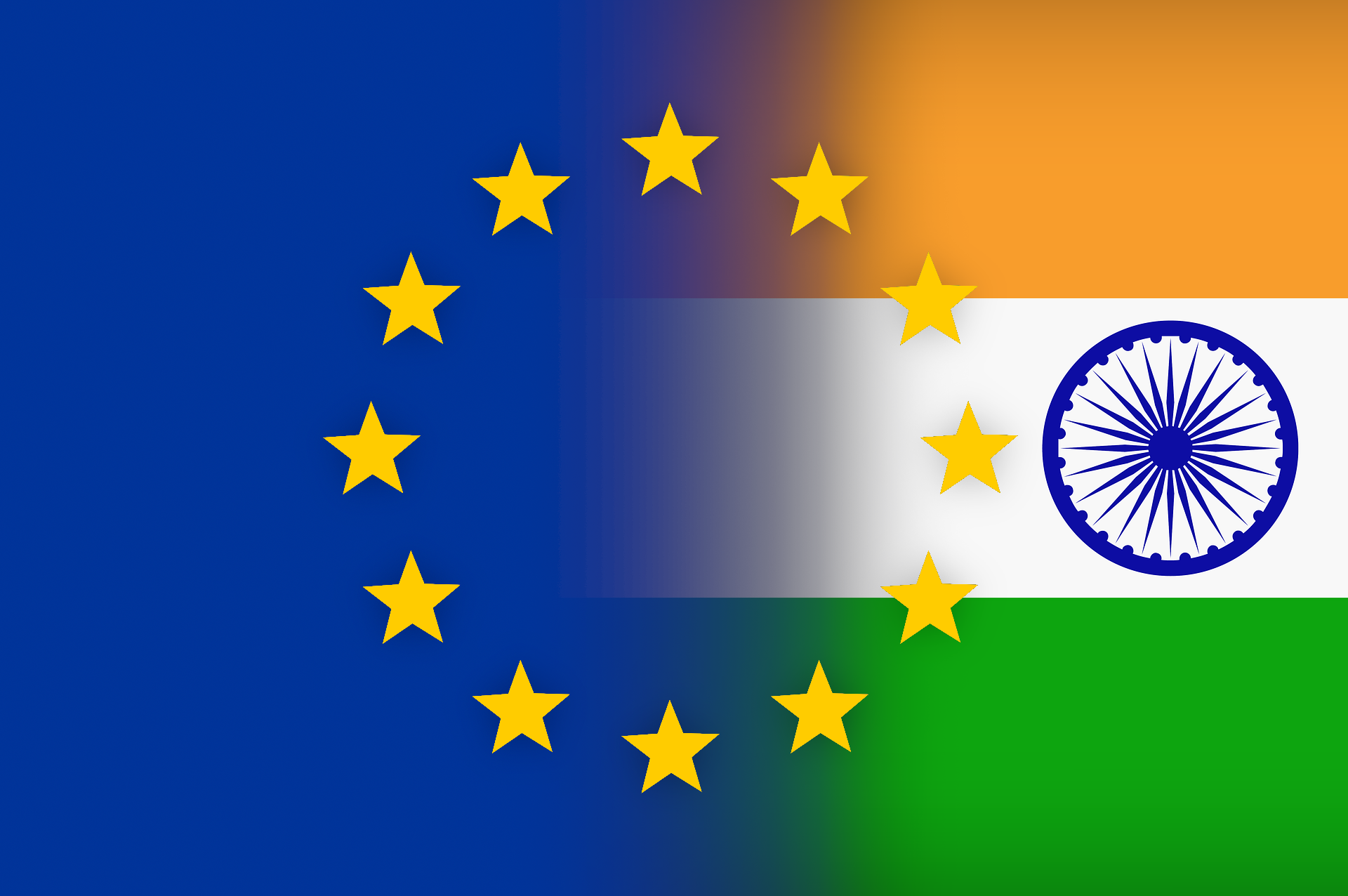Summary
- The war in Gaza and its fallout have stalled plans for the India-Middle East-Europe economic corridor, or IMEC. But this grand US-led connectivity project to link the EU and India via the Gulf can still happen – and it can serve the geopolitical goals of all its participants.
- With IMEC, the US and the EU aim to draw India closer and counter Chinese influence. The corridor would provide a boost to India’s strategy to escape encirclement by Beijing and become a leader among developing countries. The UAE and Saudi Arabia, meanwhile, embrace IMEC as part of their push to become an economic bridge between East and West.
- For the corridor to fulfil its potential, the participants will need to coalesce around implementation plans that can reconcile these different goals. They will also need to overcome internal and external obstacles along each leg of the corridor.
- Europeans should view IMEC as providing a long-term addition to current trade routes. They should also press for the corridor to expand into a network, promote trade liberalisation with India, and support all the participants as they transition to renewable energy.
- If they are successful, IMEC could enhance Europe’s economic resilience and increase its options for trade diversification. The links IMEC could help forge among this range of powers may in fact constitute IMEC’s greatest prize, with the corridor helping to prevent fragmentation reaching extreme levels.
The complex birth of IMEC
At the September 2023 G20 summit in New Delhi, Chinese leader Xi Jinping’s no-show was upstaged by plans for a rival to his Belt and Road (BRI) infrastructure initiative: the India-Middle East-Europe Economic Corridor (IMEC) – a grand US-led connectivity project that would link India to Europe via the Gulf.
The initial memorandum of understanding for IMEC – signed by the United States, the European Union, France, Germany, Italy, India, the United Arab Emirates, and Saudi Arabia – envisioned two sections: an eastern maritime link between India and the Gulf, and a northern section that would connect the Arabian Peninsula to Europe. These would be connected by a new railway network to link the Gulf with the Mediterranean via Jordan and Israel. Beyond the transport infrastructure, undersea cables would facilitate the exchange of data, while long-distance hydrogen pipelines would boost the participants’ climate and decarbonisation goals.
The memorandum was light on detail, but the corridor seemed to have the remarkable ability to fit well in each participant’s strategic agenda. It would serve the US in its rivalry with China and its goal to normalise relations between Saudi Arabia and Israel. In the context of Russia’s war against Ukraine, it would enhance Europe’s economic and energy security and help it strengthen ties with the global south. IMEC would also contribute to the diversification of Gulf states’ energy markets and their mission to act as a bridge between East and West. Finally, it would help India play a greater role in global value chains and escape Beijing’s encirclement.
European Commission president Ursula von der Leyen hailed the pact as “nothing less than historic”. India’s prime minister Narendra Modi said IMEC would be “the basis of world trade for years to come”, while US president Joe Biden called it “a really big deal.” Saudi Arabia’s Crown Prince Mohammed bin Salman echoed Biden almost verbatim, stating “it is a big deal for us, and for Europe [and] for India”. The parties set themselves a deadline of 60 days to put forward more detailed plans for IMEC’s implementation.
But 60 days is a long time in today’s geopolitics. Less than a month after the G20 summit, Hamas’s attack on Israel sparked a war whose impact has reverberated around the world. IMEC planning seemed to be on ice. This prompted scepticism that the corridor could ever fulfil its grand ambitions, with one analyst even claiming the project had collapsed – in “a stark reminder that grand strategic plans often stumble in the face of harsh geopolitical realities.”
But it is precisely the difficult and dynamic geopolitical landscape that underscores the value of initiatives such as IMEC. Global order is moving towards multipolarity, characterised by US-China rivalry and looser international alignments. In this environment, ‘middle powers’ such as India and the Gulf states are often unwilling to pick a side. That fragmentation means Western actors need to keep open as many economic cooperation options as possible to avoid a dangerous retrenchment.
The IMEC project could help bridge the divides of this fragmenting world, bringing together actors that are not fully aligned – even regarding the aims of the project in question. In a global economic scenario characterised by disruptions, IMEC could also help bring about a shift from the pre-pandemic “just in time” logic of supply chains to a more cautious “just in case” approach. The construction of an additional trade route would help boost the resilience of the global trade system to withstand unpredictable shocks, such as the recent Houthi attacks on Red Sea shipping lanes.
Despite the huge challenges the instability in the Middle East presents, the war in Gaza and its fallout have not changed the long-term strategic and economic goals of the IMEC participants. February 2024 saw India and the UAE sign the first formal agreement on the corridor’s development and France’s president Emmanuel Macron appoint a special envoy on IMEC. At the Raisina Dialogue in New Delhi later that month, the Greek prime minister Kyriakos Mitsotakis stressed the importance of the corridor and the need to better connect the EU with India. As Modi said at Raisina, “this is an inter-generational project, and it would be a mistake to see it through the prism of any one event or conflict.” These small signs of activity bode well for a return to formal planning involving all the main parties.
Europeans should use the remaining hiatus in IMEC’s development to converge on implementation plans that can reconcile the goals of the corridor’s participants – which are not always aligned or necessarily feasible. This policy brief maps those variations across Europe, the Gulf states, and India, as well as some of the obstacles the participants will encounter in each region. It then presents a set of guidelines for Europeans to help them work with their diverse partners to keep IMEC on track to becoming a successful connectivity project.
Read the full article at the original link
About the author:
Alberto Rizzi is a visiting fellow with the European Power programme at the European Council on Foreign Relations, based in the Rome office. Previously, he was a pan-European fellow at ECFR.


